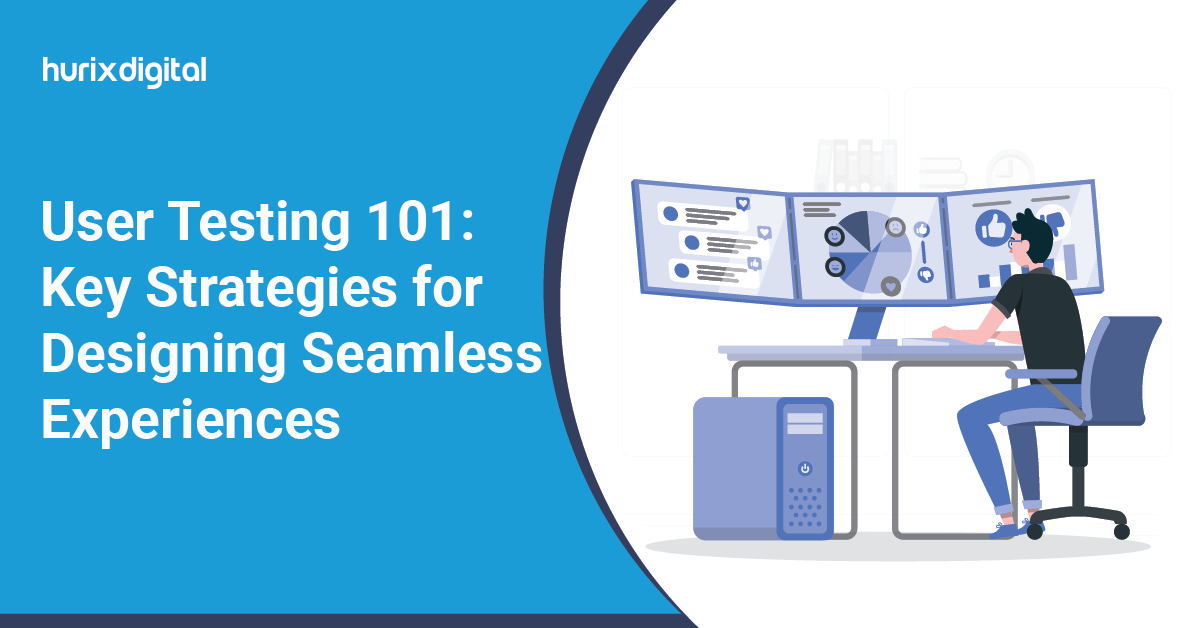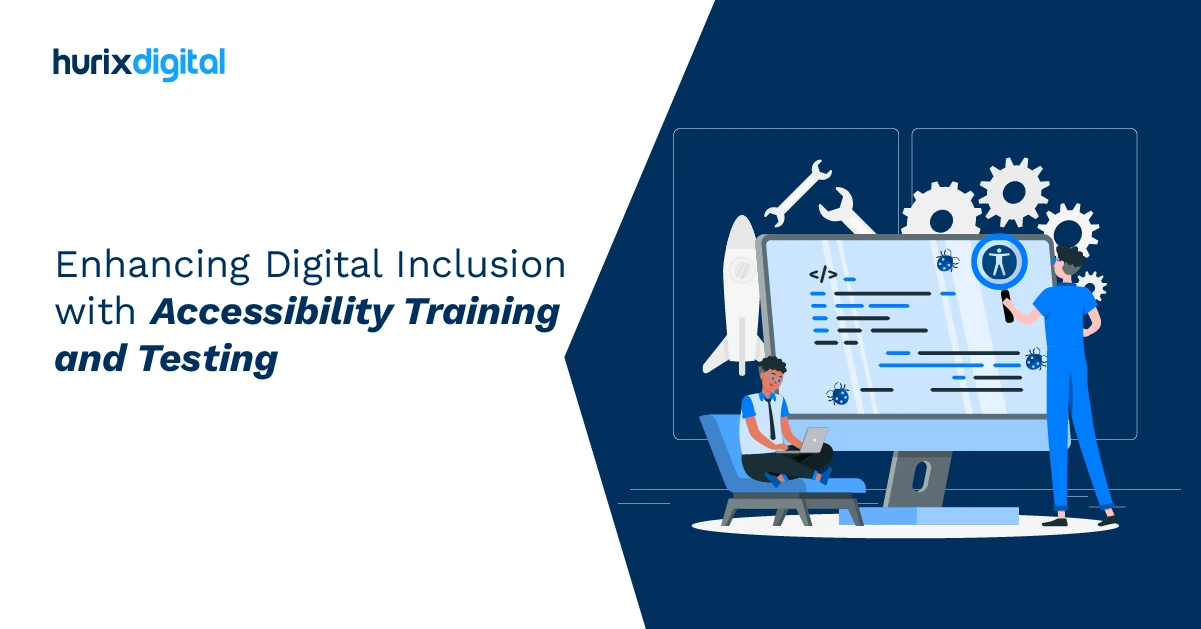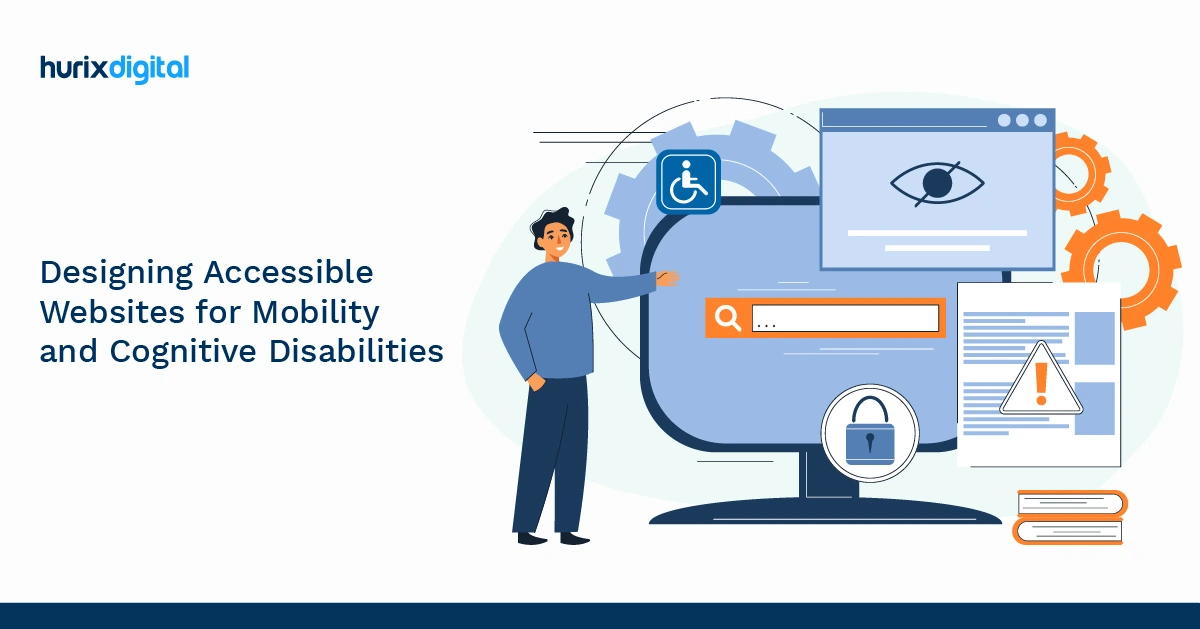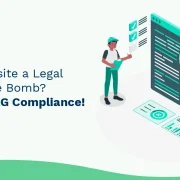
All You Need To Know About Usability Testing
Table of Contents
- Introduction
- Elements of Usability Testing
- Usability testing – Benefits
- Usability testing – Costs
- Usability and ePublishing
Introduction
Usability testing is a methodology in which the utility testing of a website or application is performed through many different methods. The product is evaluated by testing it with representative users. Test users exercise a product and think aloud about their experience using it, while an evaluator observes the users and listens in on their feedback. Based on this, the evaluator identifies usability problems and assesses the user experience.
These are put in place to establish whether a website or app is ready for publishing. Users will perform the usual tasks while testers watch, listen, and take notes. They try to identify usability problems that occur or might occur, collect qualitative and quantitative data, and determine the user’s product satisfaction.
Usability testing enables the collection of various data which can be used later for the modification and optimization of the application.
UX designers use this testing quite a lot because it represents how easy or difficult the design and interface are to individuals who will ultimately use it.
The design of the product needs to be interactive, attractive, and practical for the user to be able to use it. In usability testing functions one gets to monitor users interacting with the product and this can provide insights into the errors of the product.
Elements of Usability Testing
The three core elements of Usability testing are:
- The participants
- The task
- The facilitator
The participants need to be a close, realistic interpretation of the end user of the product. They should provide feedback about every question, and task offered to them. The tasks would be mostly real-life activities that the participant might perform in the presence of the product.
The facilitator serves as a guide for the participant and provides the answers and instructions and solves the problem of the participant while asking to follow up with questions. The primary role of the facilitator in the usability test is to ensure proper, high-quality, valid data without influencing or compromising the participants’ behavior.
The main goal of usability testing is to understand how users might interact with the website or app and make modifications according to the results. All three elements cooperate to form valid, quantitative, and qualitative data which could then be used to improve the performance of a product or service.
Usability Testing – Benefits
Usability testing enables the designers and developers to identify problems before they are coded. The earlier issues are identified and fixed, the less expensive it is in terms of time and resources. During a usability test, you will:
- Know if users can complete specific tasks successfully and
- Identify how long it takes to complete specific tasks
- Learn how satisfied users are with the website or other product
- Identify possible changes required to improve user performance and satisfaction
- Analyse if the user performance meets the usability objectives
A solid test plan, recruitment of participants, and analysis and reporting of the findings are all required to effectively run a usability test.
Effective Usability Testing does not require a formal usability lab as it can be done in any of these settings:
- Fixed laboratory with two or three connected rooms outfitted with audio-visual equipment
- A room with portable recording equipment
- A room with no recording equipment, if someone is observing the user and taking notes
- Remotely, with the user in a different location (moderated or unmoderated)
Usability testing – Costs
Your testing costs depend on the:
- Type of testing performed
- Size of the team for testing
- Number of participants for testing
- Number of days you will be testingBudgeting for more than one usability test is necessary. Building usability into any product is an iterative process. Some of the elements that need to b considered when budgeting for usability testing are:
- Time: Time is essential to plan a usability test. Both the usability specialist and the team would need time to become familiar with the site and pilot test the test scenarios. Time would also be required for running tests, data analysis, report writing, and presenting the findings.
- Recruiting Costs: Either allow staff time to recruit or engage a recruiting firm to schedule participants.
- Participant Compensation: If participants are to be compensated for their time or travel, then that has to be included in the budget.
- Rental Costs: If you are renting recording, monitoring equipment, or a conference room, it accounts for the rental costs.
Also Read: Challenges in UI Testing and How to Fix Them
Usability and ePublishing
Here are a few points to note while performing usability testing for ePublishing books:
- Sticking to one format throughout the text is important. Changing or switching fonts, paragraph styles, and other elements within the text can give it a raw, unpolished look.
- Using fonts that are widely used on computers and eReaders everywhere will make usage easy. Standard font lists are available. It is best to use a font with a Windows and a Mac version.
- Using low-resolution .png or .jpg files for the images is advised. High-resolution images can result in very large files that would take time to download and this would frustrate the reader.
- Page numbers and headings are not fixed for eReader. If they are used, then there is the risk of headings and page numbers appearing on the pages at random points throughout the text.
One must also ask the following questions:
- How it scales across different orientations – be it landscape or portrait
- Is it easy to customize content?
- Is there access to help with the eBook?
- Are there accelerators available for quick access within a book, such as navigating to a particular page
- Is there consistency in the design?
- How smooth is the navigation inside the book?
- Is the content accessible (for the visually impaired or the cognitively impaired)
- What are the technical limitations of the eBook?
Usability is not merely an obligatory step in the project schedule. There should be clarity as to why the testing is being conducted and the results should be implemented. Hurix Digital helps you with all your design needs.

Vice President – Content Transformation at HurixDigital, based in Chennai. With nearly 20 years in digital content, he leads large-scale transformation and accessibility initiatives. A frequent presenter (e.g., London Book Fair 2025), Gokulnath drives AI-powered publishing solutions and inclusive content strategies for global clients







